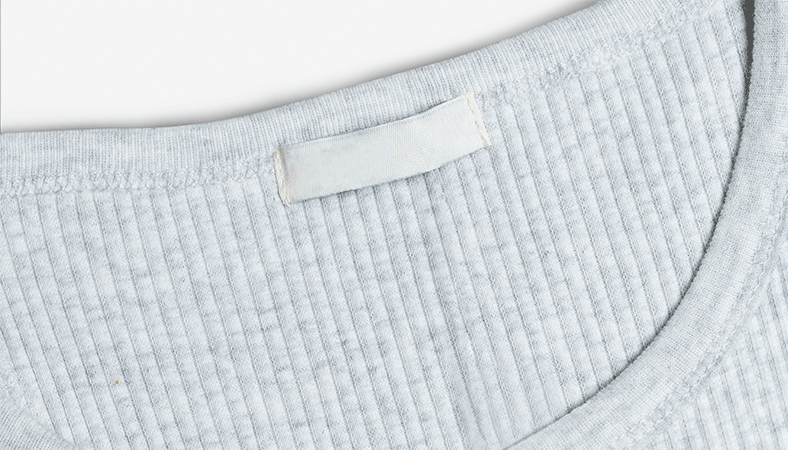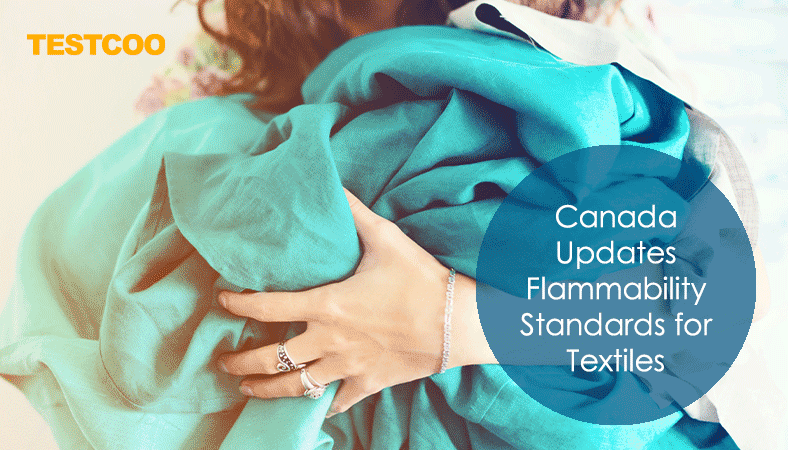Textile Labelling Regulations in the European Union and the United Kingdom
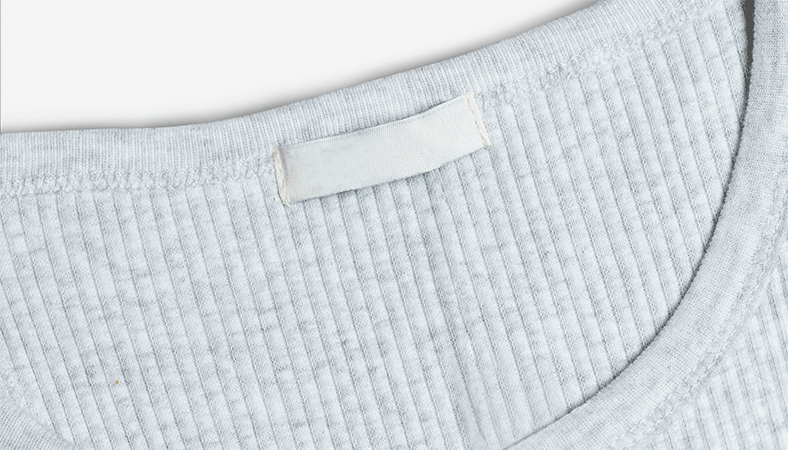
Textile labelling requirements vary from country to country. Even within the European Union (EU), certain member states formulate additional requirements for textile labelling beyond the EU regulations. This variety increases the complexity for retailers and manufacturers to comply with related regulations when doing cross-border business, posing a compliance risk to their businesses.
In this article, we will provide a brief overview of textile labelling regulations of the EU and local regulations of major economies within the EU and the UK.
What is labelling and what kind of information is often listed in the labelling?
According to the definition of Regulation (EU) No 1007/2001, an EU regulation on textile fibre names and related labelling and marking of the fibre composition of textile products, ‘labelling’ means affixing the required information to the textile product by way of attaching a label.
Here are some examples of information that is commonly included in a textile label, either mandatory or voluntary:
- -Fibre composition
- -Manufacture’s information
- -Retailer’s information
- -Washing instruction
- -Size
- -Country of origin
Regulation in the EU - Regulation (EU) No 1007/2011
Regulation (EU) No 1007/2011 on textile fibre names and related labelling and marking of the fibre composition of textile products lays down a variety of requirements on the use of textile fibre names and related labelling and marking of fibre composition of textile products when they are made available on the EU market. In a nutshell, textile labels must:
- -be durable, easily legible, visible, accessible and securely attached
- -give an indication of the fibre composition
- -use only the textile fibre names listed in the Regulation for the description of fibre compositions
- -indicate by using the phrase ‘Contains non-textile parts of animal origin’ in case any presence of non-textile parts of animal origin in the textile products
- -use native language of the member state in which the textiles are sold
There are some exceptions for listing the fibre composition, for example, visible, isolable fibres which are purely decorative and do not exceed 7% of the weight of the finished product do not have to be considered in the fibre compositions.
Besides this, wash care labels, country of origin, size label, and manufacturer identification are not specifically required by the Regulation (EU) No 1007/2011. Having said that, it is strongly recommended to include this information as certain individual member states may require such information, or they might be covered by other legislations or industry standards.
Regulations in Germany, France, Italy, and Spain
Germany
Germany has been fully adopting EU Regulation 1007/2011 since 2016, replacing the Textile Labelling Act (Germany).
France
In addition to EU Regulation 1007/2011, the French Ministry for the Ecological Transition approved the symbols to indicate the sorting information for textiles, household linen and footwear next to the Triman logo, submitted by the eco-organisation Re_fashion according to the implementation of AGEC law. This information will become mandatory in the French market from 1 February 2023.
Italy
Italy has been adopting EU Regulation 1007/2011 since 2012 but there are additional label requirements to indicate producers’ identities and details, and specifications of product type. On top of that, Italy has also implemented requirements concerning disposal information related to packaging that must be reported on the packaging of products
Spain
Textile labelling in Spain is overseen by Royal Decree 928/1987, Of 5 June, The Labelling of the Composition of Textile Products.
Regulation in the UK - The Textile Products (Labelling and Fibre Composition) Regulations
Although the UK has left the EU, the UK Regulations still refer to Regulation EU 1007/2011 on textile labelling and fibre composition.The UK Regulations also set sanctions and penalties for failure to comply with the requirements of EU Regulation.
Covered products
Regulation EU 1007/2011 covers textile products, including the following:
a. Products containing a minimum of 80% by weight of textile fibres.
b. Furniture, sunshade coverings, and umbrellas containing a minimum of 80% by weight of textile parts.
c. The textile components of coverings for camping goods, mattresses, and the upper layer of multi-layer floors.
d. Textiles that are part of a product, as long as fibre composition is specified.
Exempted products
The regulation exempts:
a. Textile products commissioned to freelancers working from home or independent companies, provided that the property of the materials used is not transferred.
b. Custom textile products created by self-employed tailors.
Further, Annex V of the regulation lists textile products that are exempt from having to indicate textile fibre names or composition on labels and markings. We list here a few such products:
- Sleeve-supporting armbands
- Labels and badges
- Pin cushions
- Painted canvas
- Toys
Footwear Labelling Regulations
The The Footwear (Indication of Composition) Labelling Regulations 1995cover labelling requirements for footwear, including footwear that contain textile parts.
Information concerning the materials should be provided for materials that represent:
a. Minimum 80% of the surface area of the upper,
b. Minimum 80% of the surface area of the lining and sock, and
c. Minimum 80% of the volume of the outer sole.
Manufacturers may use pictograms or written indications on the label, as provided in Schedule 2. If they use written indications, those indications must be in the English language (e.g. “Textile”).
Care instructions
We couldn’t find any source that states that care labels are mandatory in the UK. However, the European Commission published a report stating that Regulation EU 1007/2011 does not need to address care labelling, as the voluntary standard EN ISO 3758 already covers care instructions.
As the UK follow Regulation EU 1007/20, we cannot find any source stating that care labelling is mandatory.
BS EN ISO 3758 – Textiles – Care Labelling Code Using Symbols
This standard covers care labelling for textiles, by setting symbols that are meant be used for marking textile products.
It also specifies a system to provide information on the harshest usable procedure that does not cause permanent damage to the product during the textile care process.
The standard covers the following textile treatments:
- Washing
- Bleaching
- Drying
- Ironing
- Professional care
The International Organisation for Standardisation (ISO) has signed an agreement with GINETEX and COFREET, which co-own the trademark of the five care symbols that form the basis for the BS EN ISO 3758 standard, in order to use the symbols.
Size
The European Commission’s report also states that Regulation EU 1007/2011 does not need to address size labelling requirements because the voluntary standard EN 13402 – Size designation of clothes already covers those. As such, size labelling might not be mandatory in the UK.
How the Testcoo can help?
Failure to comply with labelling and marking regulatory requirements may result in product recalls, consumer complaints and other undesirable scenarios. Buyers can leverage our technical expertise to ensure product labelling and marking is complete and correct.
Free Sample Report Performance Quality Control
Download a sample report to keep control of your supply chain!
Featured Articles
 Quality Control, Inspection Services in China
Quality Control, Inspection Services in China How Should Traditional Inspection Industry Transit In Industrial 4.0 Era
How Should Traditional Inspection Industry Transit In Industrial 4.0 Era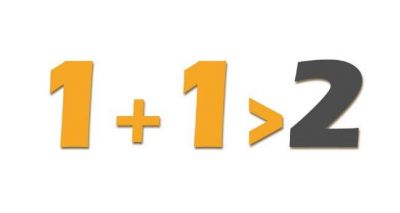 How Do We Make 1+1 More Than 2. Testcoo Knows
How Do We Make 1+1 More Than 2. Testcoo Knows Valentine’s Inspection Knowledge
Valentine’s Inspection Knowledge Starting Your Importing Business From China (Part 1)
Starting Your Importing Business From China (Part 1)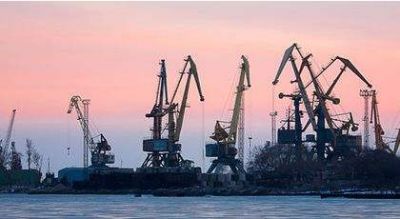 Time To Worry About Your Partner Factory
Time To Worry About Your Partner Factory Xiaomi In No Hurry For International Expansion
Xiaomi In No Hurry For International Expansion Critical Rise Imported Car Sales In South Korea
Critical Rise Imported Car Sales In South Korea Boeing is building its first overseas factory in China
Boeing is building its first overseas factory in China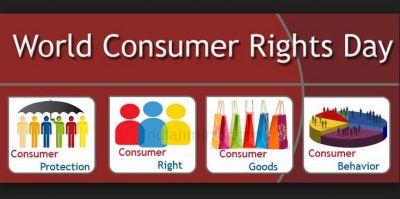 “315 Evening Gala”——Savior of China’s Quality Issues
“315 Evening Gala”——Savior of China’s Quality Issues
